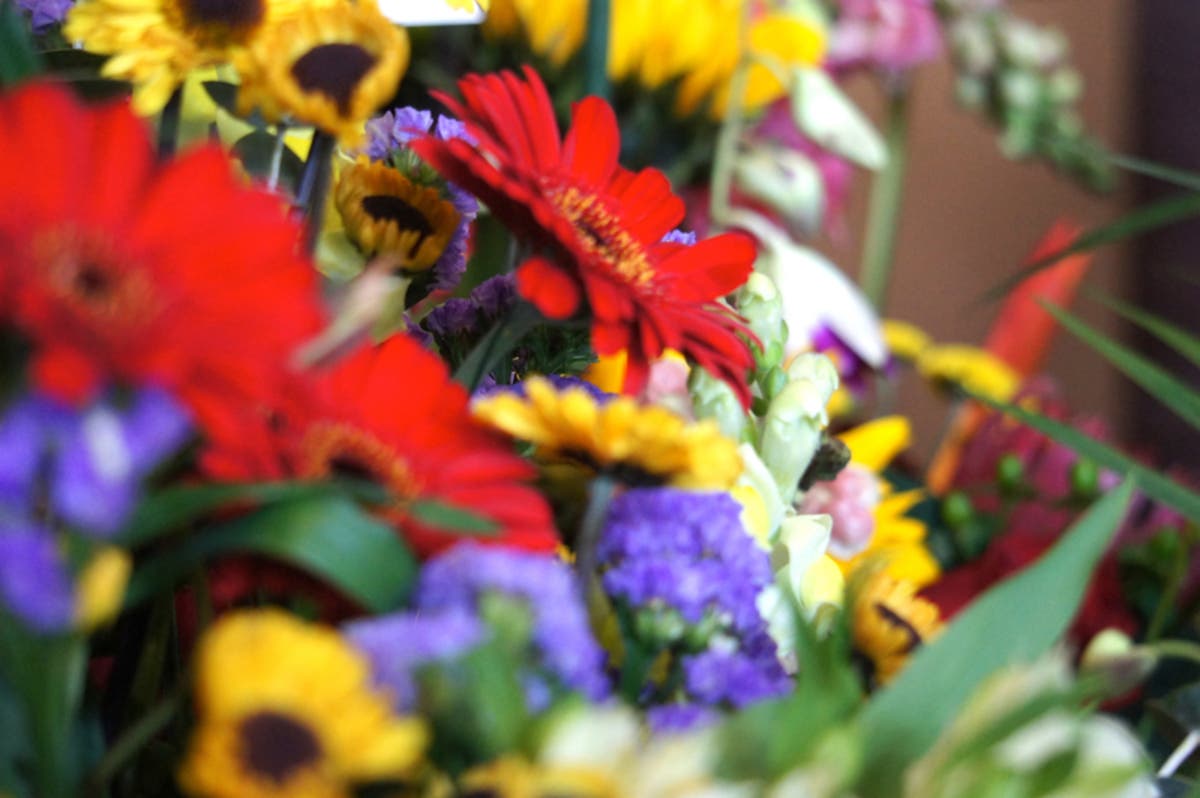Home & Garden
Here's What Gardeners In La Grange Should Plant
Spring is here and we know many readers are itching to grab their trowels and garden rakes. Read this first.

LA GRANGE, IL — For much of the country, including Illinois, it’s been a long, grueling winter. No one knows this better than Patch, which has written about terms we didn’t even know existed — looking at you, “bomb cyclone.”
But fortunately spring has sprung. And many people are welcoming the monthslong reprieve from snowy driveways, icy roads and slushy sidewalks.
This is especially true for gardeners in La Grange champing at the bit to grab their trowels and garden forks.
Find out what's happening in La Grangewith free, real-time updates from Patch.
Americans love getting outside, digging, planting seeds in the dirt and watching their flowers, vegetables, fruits and trees grow. If you’re one of them, why not do it in a way that’s beneficial for the environment and attracts birds?
It’s simple. Grow native plants.
Find out what's happening in La Grangewith free, real-time updates from Patch.
These are plants that grow naturally in Illinois and are the “ecological basis upon which life depends,” according to the National Audubon Society.
Luckily, Audubon makes it easy for you to help the environment. The group, which advocates for protecting birds, used data compiled by the North American Plant Atlas of the Biota of North America Program to recommend plants native to your ZIP code.
Best of all, the site even tells you which plants attract certain types of birds. This means if you’ve always wanted to look out at orioles, cardinals or finches in your backyard, now you can. It also means those wishing to keep pesky woodpeckers off their roofs should probably avoid American Elms and Ash-Leaf Maples.
To see what the group has to say about La Grange, click here.
Here are some recommendations we think you might like:
- Jack-In-The-Pulpit
- A herbaceous perennial, which blooms from March to June.
- Birds attracted: Finches, Cardinals, Sparrows
- Spotted Crane's-Bill
- Also known as Wild Geranium. An herbaceous perennial that grows up to 1 and a half feet tall. This wildflower does best in partial shade and moist soils.
- Birds attracted: Vireos, Wrens, Chickadees
- Common Milkweed
- A rough, weedy perennial that grows three to four feet tall. It is also drought tolerant.
- Birds attracted: Vireos, Wrens, Wood Warblers
The native plants listed under “best results” were hand-selected by Audubon experts in your region.
“They are important bird resources that are relatively easy to grow and are available at native plant nurseries,” the site says.
Over the past century, the group says the continental United States lost 150 million acres of habitat and farmland to urban sprawl. Urbanization has taken “intact, ecologically productive land and fragmented and transformed it with lawns and exotic ornamental plants,” Audubon says.
Human-dominated areas no longer support functioning ecosystems, Audubon says. And the remaining natural areas are often isolated and too small to support wildlife.
Native birds need native plants and the insects that come with them, the group says. Because most landscaping plants in nurseries are exotic species from other countries, many native insects don’t like eating those plants.
“No insects? No birds,” the organization warns.
Where To Get Native Plants Near You
Once you’ve found the perfect petunias that will surely give you the most enviable garden on the block, try one of these nurseries. They’re a great place to begin your search, just make sure to call ahead to verify native stocks.
- Hinsdale Nurseries
- 7200 S. Madison St., Willowbrook
- 630-323-1411
- http://www.hinsdalenurseries.c...
- Vern Goers Greenhouse, Inc.
- 5620 S. Oak St., Hinsdale
- 630-323-1085
- https://www.verngoersgreenhouse.com/
- Clovers Garden
- 735 Plainfield Road, Willowbrook
- 708-774-2131
- https://cloversgarden.com/page...
Patch reporter Dan Hampton contributed to this report.
Photo by Renee Schiavone, For Patch.
Get more local news delivered straight to your inbox. Sign up for free Patch newsletters and alerts.